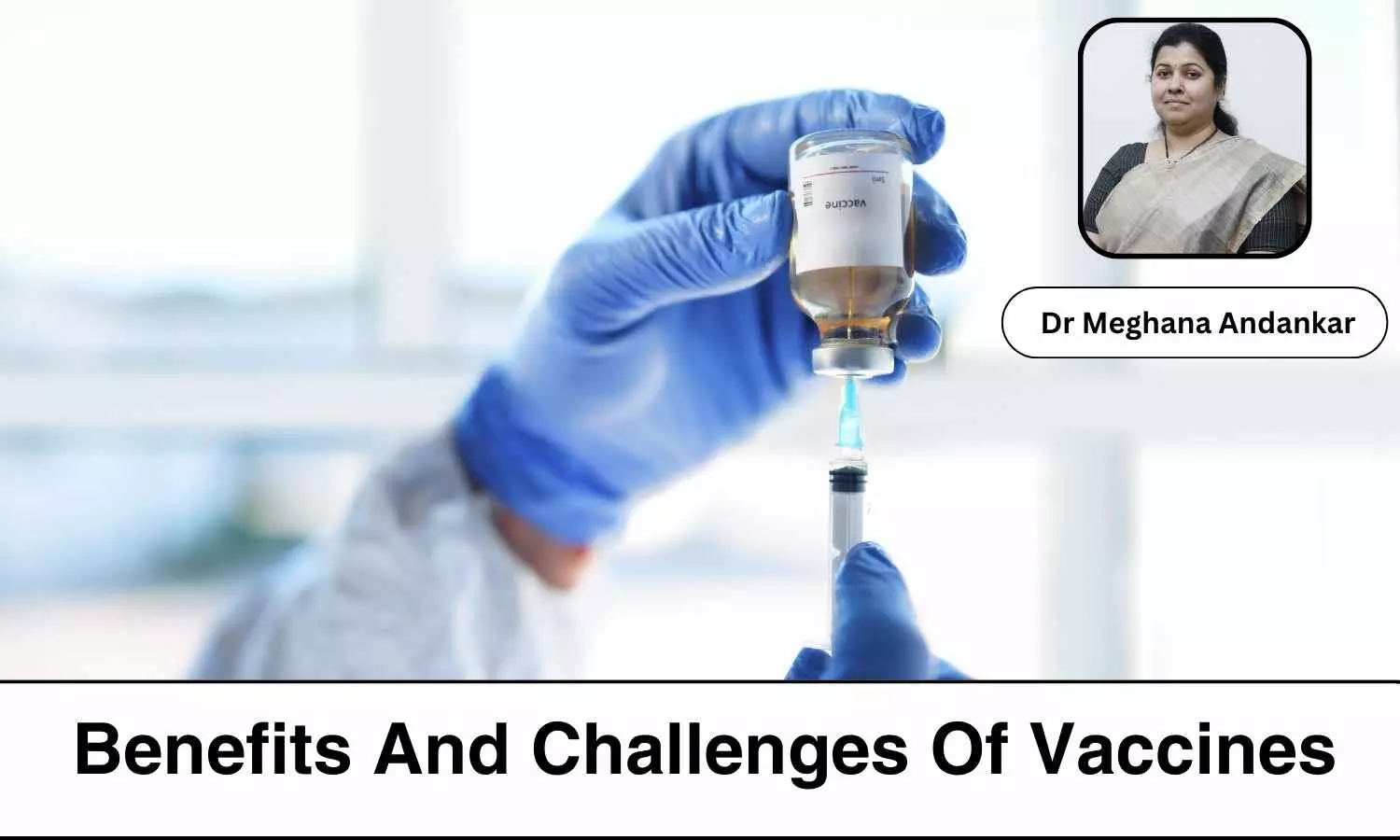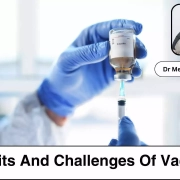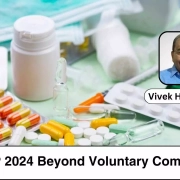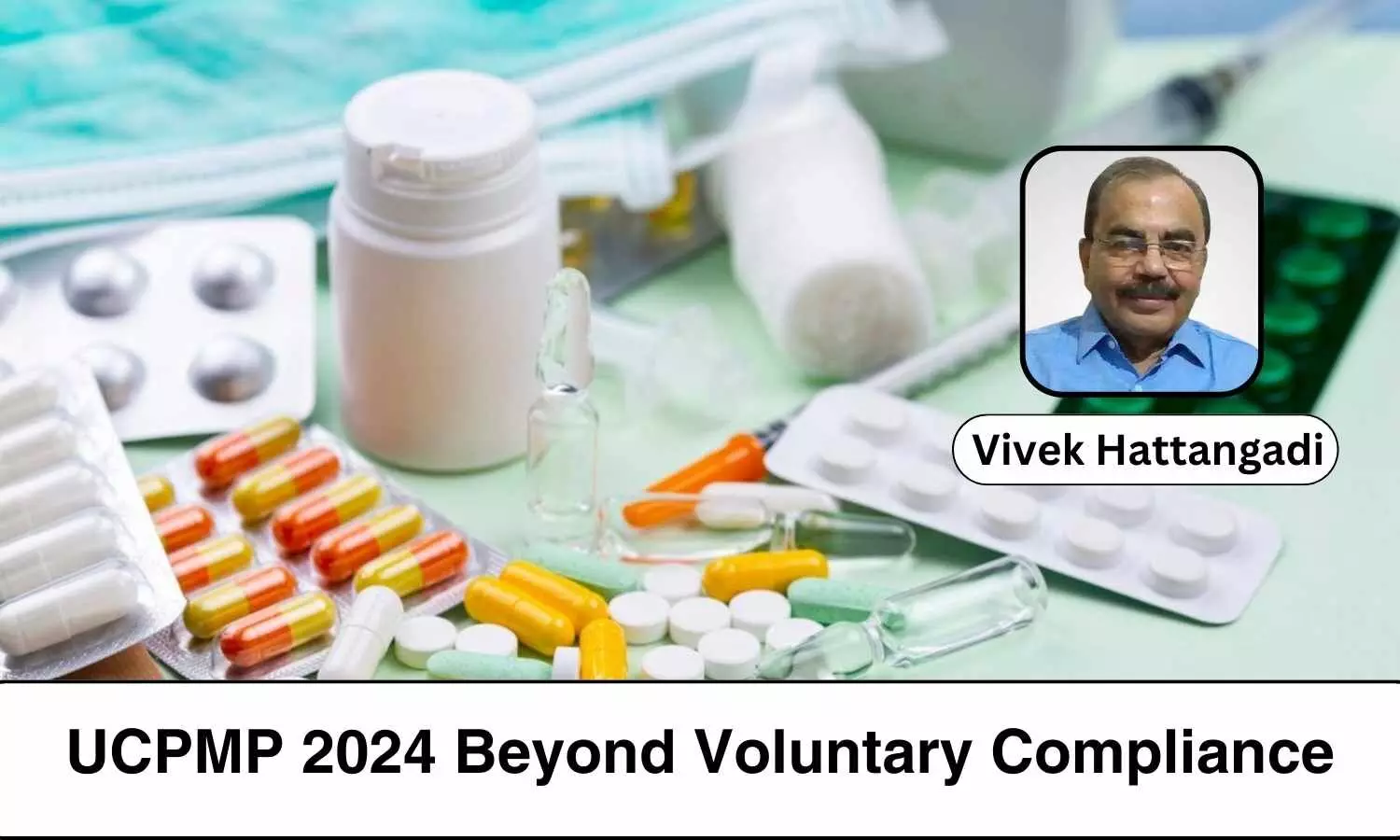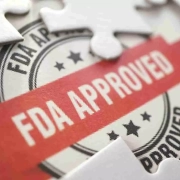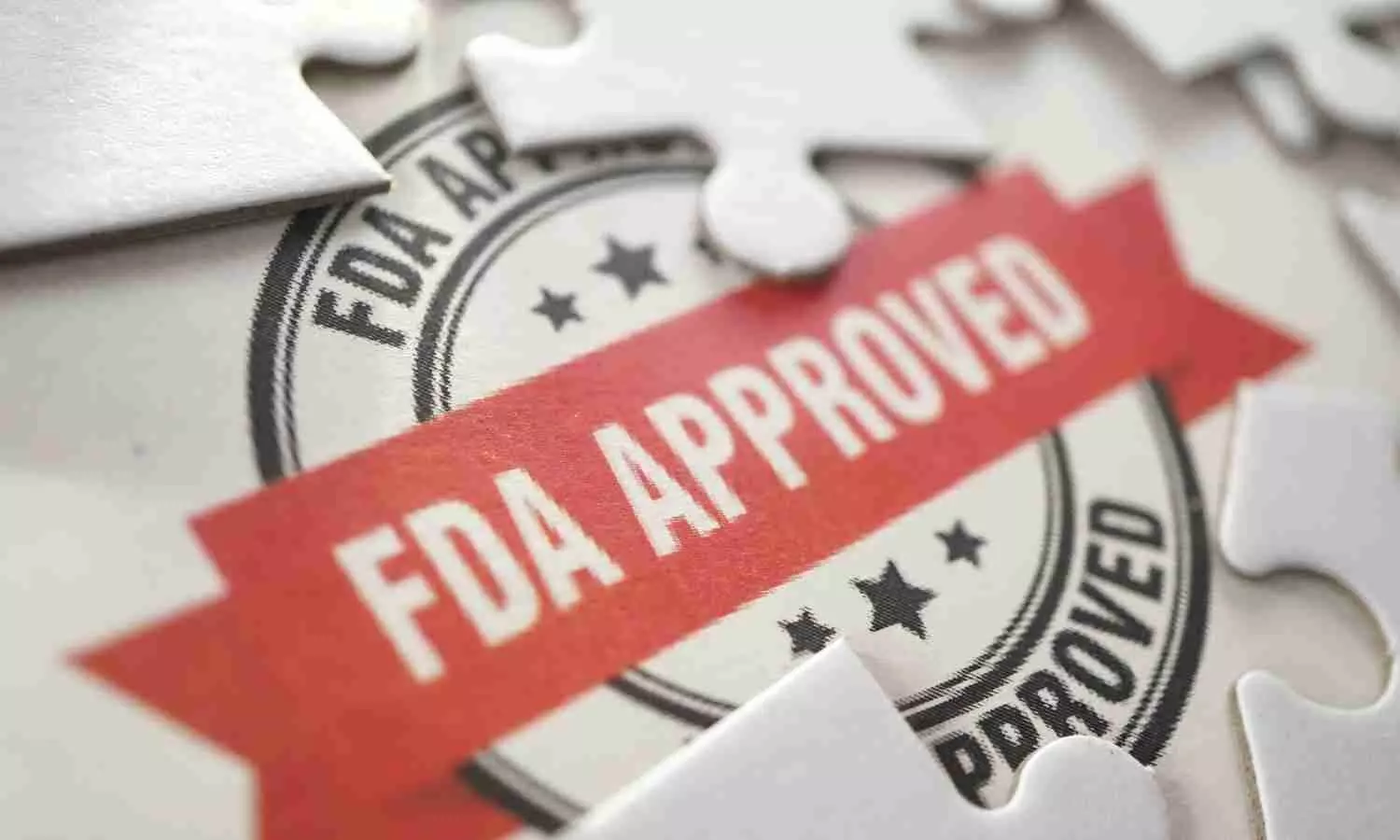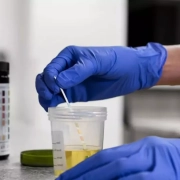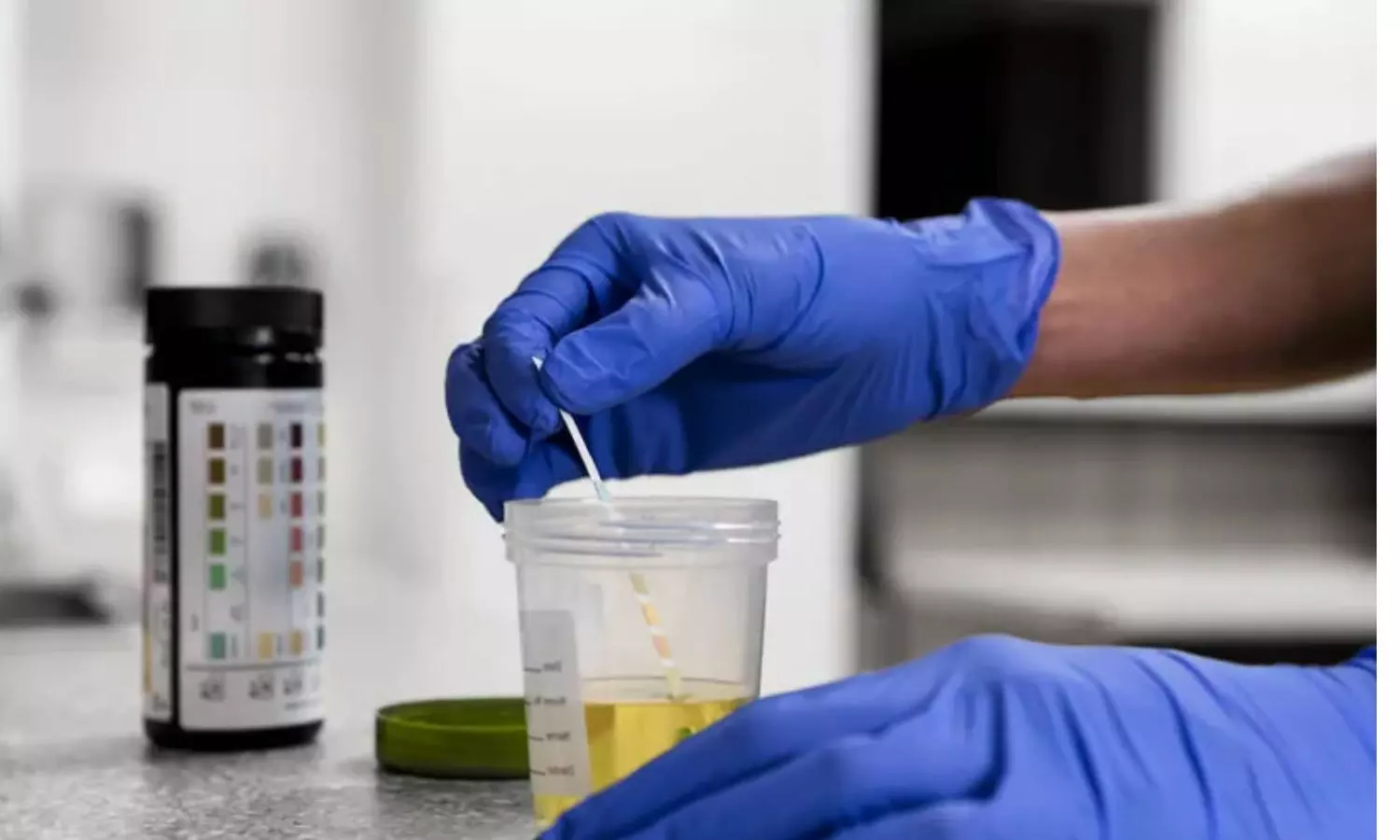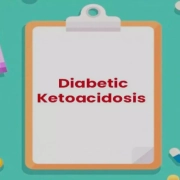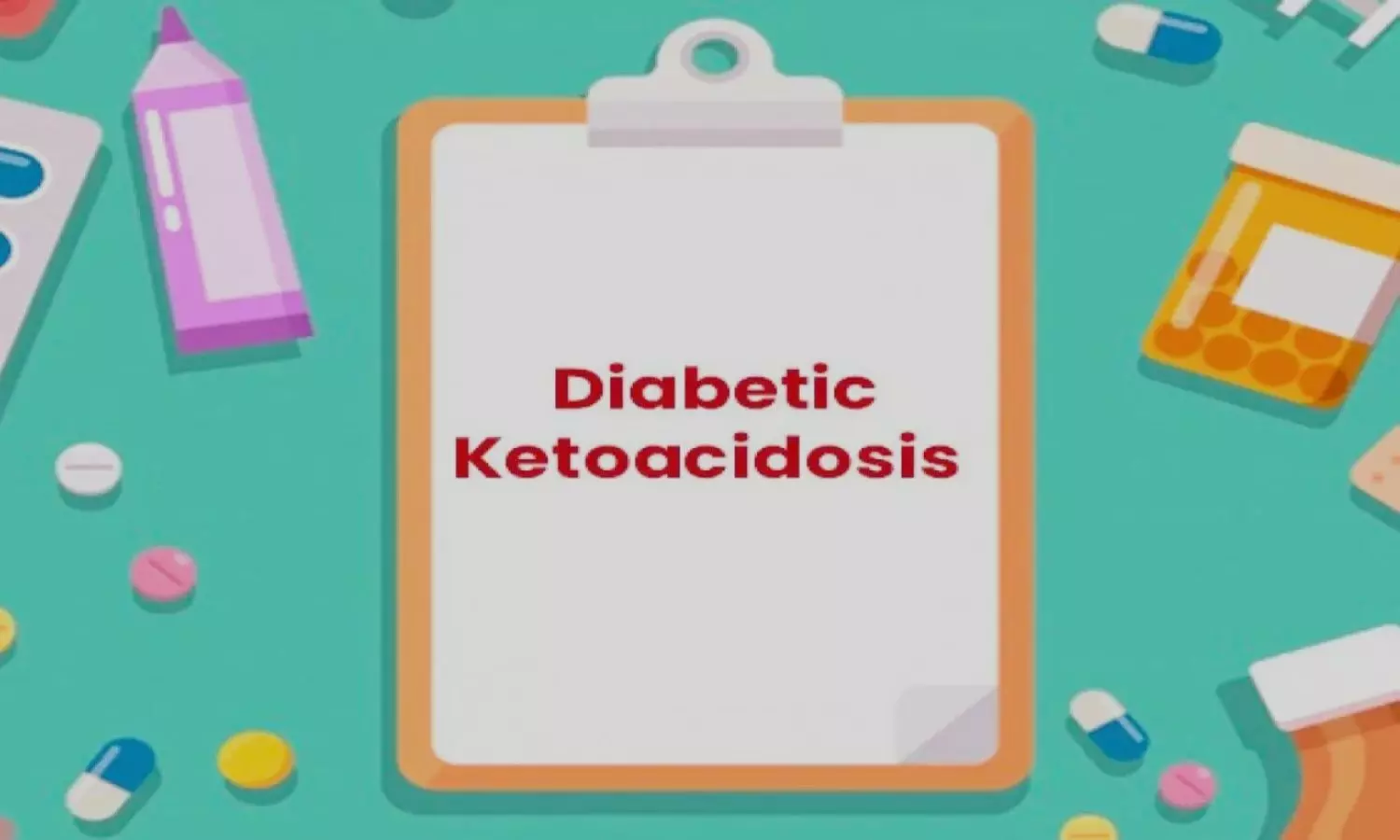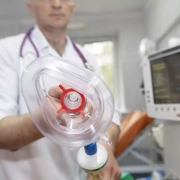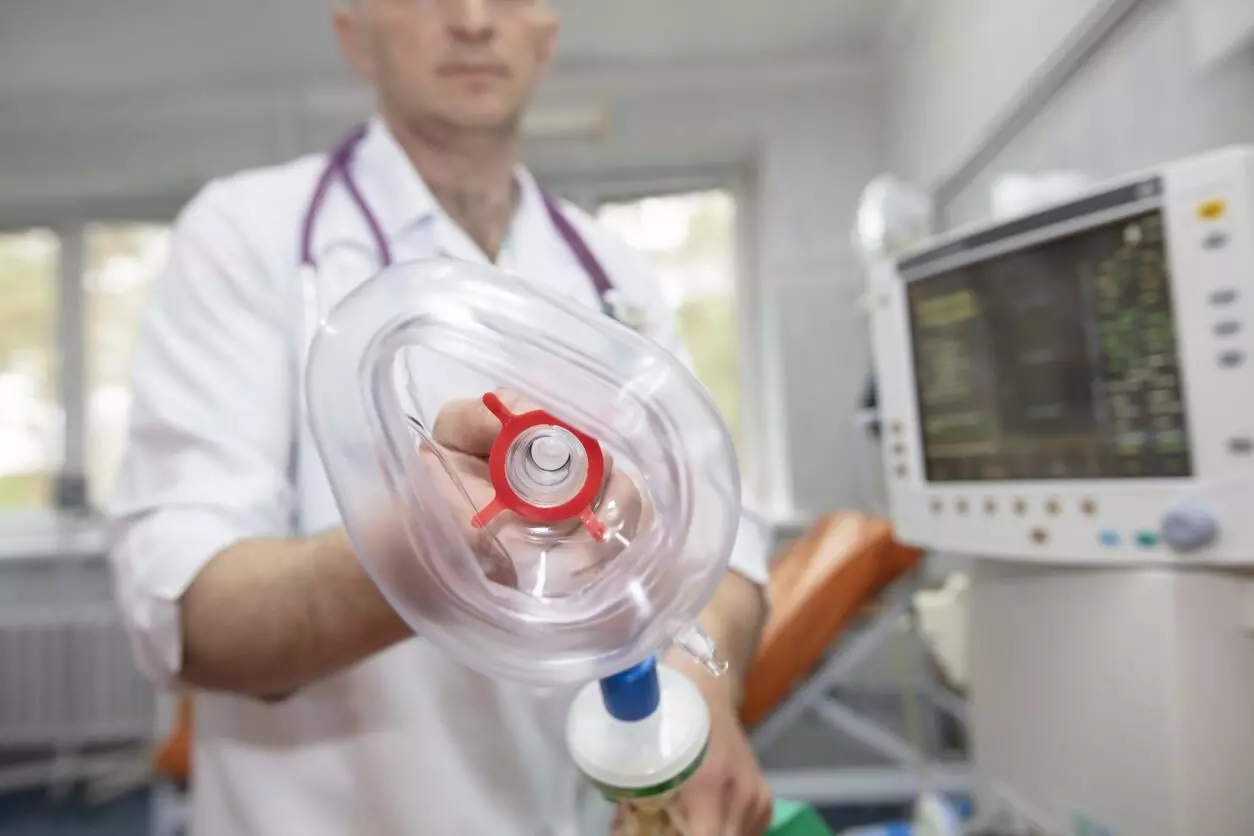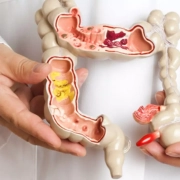Preamble
In the landscape of pharmaceutical
marketing ethics, the UCPMP (Uniform Code of Pharmaceutical Marketing
Practices) has been a cornerstone, albeit with limited efficacy.
The inception of UCPMP-2014 as a
voluntary framework aimed to instil Good Marketing Practices within the Indian
pharmaceutical industry, yet its lack of enforcement mechanisms rendered it
toothless against transgressions.
Fast forward to March 2024, the
emergence of UCPMP-2024 introduces notable revisions, including mandatory
disclosure of expenses for medical promotion and grants to healthcare
professionals.
While these changes signify
progress, the efficacy of such voluntary measures remained debatable.
History of UCPMP
This editorial delves into the
evolution of UCPMP and explores the necessity for more robust legal frameworks
to truly deter unethical practices within the pharmaceutical sector.
On December 12, 2014,
the central government introduced the Uniform Code of Pharmaceutical Marketing
Practices (UCPMP-2014), intended for voluntary adoption and adherence by
pharmaceutical enterprises concerning marketing activities.
It was explicitly
stated that failure to effectively implement the code by pharmaceutical
associations/companies could prompt the government to enact it as a statutory
provision.
Despite the initial
stipulation of a six-month duration for the UCPMP-2014, subsequent extensions
by the Department of Pharmaceuticals (DoP), totaling five instances, culminated
in the extension of the UCPMP Code, 2014, until further directives were issued
on August 30, 2016. This series of extensions suggested a lack of enthusiasm on
the part of the DoP towards the implementation of the UCPMP-2014.
The implications for the
pharmaceutical industry were unequivocal, as evident from the prevailing
circumstances.
In the year 2021, the
Federation of Medical and Sales Representatives Association of India,
functioning as a non-governmental organization (NGO), lodged a petition with
the Supreme Court of India. Their plea sought the formulation of comprehensive
directives aimed at curbing unethical marketing strategies employed by
pharmaceutical entities.
This petition was made with the intent to fill the
regulatory void until the enactment of specific legislative measures by the
Parliament. Presently, the case remains under consideration by the Court,
awaiting its final adjudication.
The UCPMP-2014 aimed to create a level playing field for
pharmaceutical companies, encouraging innovation and patient-centered marketing
practices. However, practical challenges must be addressed for effective
enforcement.
Stricter regulations covering indirect influences, and robust
oversight mechanisms are essential to achieving UCPMP’s objectives and
promoting ethical practices in pharmaceutical and medical devices marketing.
The UCPMP-2014 had the intent of fostering equitable
conditions among pharmaceutical companies, fostering innovation, and advocating
for patient-centric marketing methodologies. Nevertheless, the realization of
its objective’s hinges upon the resolution of pragmatic hurdles.
Enforcing its
provisions effectively necessitates the implementation of more stringent
regulations encompassing indirect influences, alongside the establishment of
robust oversight mechanisms.
These measures are imperative for ensuring the
attainment of UCPMP-2014 goals and fostering a culture of ethical conduct
within the realms of pharmaceutical and medical devices marketing.
The Department of Pharmaceuticals (DoP) issued a
new policy on March 12, 2024. This policy, known as the Uniform Code for
Pharmaceutical Marketing Practices (UCPMP-2024), establishes guidelines for the
ethical promotion of pharmaceuticals.
The DoP directed all pharmaceutical
associations (like IPA, OPP; IDMA) to disseminate the UCPMP-2024 to their
members and ensure its strict compliance.
The UCPMP-2024 outlines acceptable practices for
activities such as interactions with healthcare professionals, distribution of
informational materials, and providing samples. It also establishes a framework
for addressing unethical marketing practices. This policy aims to promote
ethical conduct within the pharmaceutical industry.
Hopes with UCMP-2024
UCPMP-2024) establishes ethical guidelines for drug
promotion. It defines acceptable activities for medical representatives, brand
materials, samples, and interactions with healthcare professionals.
Additionally, it provides a framework for addressing unethical marketing
practices.
Here are some of the key and the new features of UCPMP-2024.
- Conduct of pharmaceutical and medical
devise representatives: Pharmaceutical and medical devise representatives must
strictly adhere to ethical guidelines. Misleading or exaggerated claims are
prohibited, promoting accurate information dissemination about the product’s
benefits and potential side effects.
- No gifts and incentives: Gifts,
incentives, or any form of personal benefits from pharmaceutical and medical
devise entities to healthcare professionals or their families are strictly
prohibited. This includes travel, hospitality, or financial inducements that
may influence prescription decisions.
However, exceptions are made for
educational items such as books, calendars, and clinical guidelines, provided
their value does not exceed Rs. 1000 and they serve professional purposes
without independent commercial value.
Additionally, this means medical professionals can receive travel and
hospitality support for participating as speakers in Continuing
Medical Education (CME) or Continuing Professional Development (CPD) programs.
These measures aim to maintain the integrity of healthcare decision-making
processes and ensure that medical professionals prioritize patient welfare over
personal gain.
- Continuous Medical Education: This fosters medical professional’s development. UCPMP-2024
establishes clear guidelines for Continuing Medical Education (CME) and
Continuing Professional Development (CPD) programs.
These programs must be held within the country and can be
organized by pharmaceutical companies independently or collaboratively.
Companies sponsoring such programs are required to
disclose their expenditures on a dedicated website. Additionally, organizers
must also publicly display a statement outlining funding sources and the
selection process for participants and speakers.
It’s important to note that all parties involved,
including the company, organizers, speakers, and participants, must comply with
the Income Tax Act (Section 194R) to ensure financial transparency and accountability.
- Support for Research: The UCPMP-2024 regulates interactions between
pharmaceutical companies and medical professional for research purposes. The medical professionals’ involvement, in a consulting
or advisory role, must be for legitimate research with a formal agreement and
appropriate compensation complying with existing regulations.
These interactions must
prioritize patients’ well-being and the patient interest is not compromised.
It upholds HCP integrity,
adhering to relevant National Medical Commission (NMC) regulations and
guidelines. Research must be approved by a competent authority and conducted at
a designated location, if applicable.
Expenditure on
research by pharmaceutical companies is an allowable expenditure subject to the
provisions of the Income Tax Act 1961 as amended from time to time.
- Relationships with
medical professionals: The UCPMP-2024 forbids pharmaceutical companies and their
associates from offering gifts or financial benefits to healthcare
professionals (HCPs) or their families. This extends to both direct and
indirect benefits, ensuring ethical interactions and fair prescribing
practices.
UCPMP-2024 further restricts pharmaceutical companies or
their agents including stockists and distributors from offering travel or
hospitality to HCPs or their families, except for approved speakers at
Continuing Medical Education (CME) or Continuing Professional Development (CPD)
events. This ensures unbiased interactions and discourages undue influence.
The UCPMP-2024 prohibits cash or monetary grants to
healthcare professionals or their families.
When it lacks clarity on
interactions with HCPs, adhere to the Indian Medical Council Regulations
(Professional Conduct, Etiquette, and Ethics) of 2002.
- Additional guidelines: Additional guidelines are integrated into
UCPMP-2024, detailing complaint procedures, issue resolution, penalties, and
CEO duties in pharmaceutical companies.
The Ethics Committee for Pharmaceutical Marketing Practices (ECPMP)
within each association holds authority to take necessary actions its members,
such as suspension or expulsion, upon confirming a breach of the UCPMP-2014.
When governmental intervention is required, recommendations are forwarded
through the DoP.
The UCPMP-2024 establishes a new appeals process. If parties
disagree with a decision by the ECPMP, they can appeal to the Apex Committee
for Pharma Marketing Practices (ACPMP). The ACPMP has the authority to impose
penalties or refer matters to relevant government agencies. Their decision is
final and binding on all parties involved.
Under UCPMP-2024 CEOs of pharmaceutical companies are held
accountable for following it meticulously. They must submit a yearly
self-declaration within two months of their fiscal year-end. This declaration
can be uploaded to their industry association’s website or directly to the
government’s UCPMP-2014 portal if they are not part of an association.
Conclusion
In
the realm of pharmaceutical marketing, a crucial aspect often overlooked is the
integration of a patient-centered approach.
UCPMP-2024,
while comprehensive, fails to acknowledge the pivotal role of
patient-centricity in promoting healthcare solutions. A patient-centered
marketing approach prioritizes the needs, preferences, and well-being of
patients above all else.
By
fostering open communication, understanding individual experiences, and
tailoring solutions accordingly, this approach enhances trust and engagement
within the healthcare ecosystem. Empowering patients with information and
involving them in decision-making processes not only improves treatment
adherence but also fosters a sense of ownership over their health journey.
Incorporating
patient narratives, feedback mechanisms, and support networks into marketing
strategies can bridge the gap between pharmaceutical companies and the
individuals they serve.
Embracing
a patient-centered mindset isn’t merely a moral imperative but a strategic
imperative for driving sustainable healthcare outcomes and fostering long-term
partnerships built on empathy and mutual respect.
Nevertheless,
UCPMP-2024 represents a significant advancement in ensuring ethical conduct
within the pharmaceutical industry. This code establishes clear guidelines for
marketing practices, fostering a more transparent and responsible environment.
We
must seriously consider the argument put forth by Sudhansh Pant, a former Joint
Secretary at the Department of Pharmaceuticals (DoP). His experience positions
him well to assess the potential of public exposure in deterring unethical
marketing practices.
The UCPMP-2024 can be significantly strengthened through
robust enforcement mechanisms that include the public disclosure of violations.
The threat of reputational damage can serve as a powerful motivator for both
pharmaceutical companies and medical professionals to adhere to the code’s
principles.
The Physician
Payments Sunshine Act – USA
The Physician
Payments Sunshine Act USA serves as a potential model for nations seeking to
promote ethical conduct among medical professionals and responsible marketing
practices within the pharmaceutical industry.
The Physician Payments Sunshine
Act (Sunshine Act), though enacted in 2010, continues to influence marketing
practices in 2024. We shall now assess the ramifications of this Sunshine Act
on both medical professionals and the pharmaceutical industry of USA.
For
Medical Professionals:
- Transparency: Sunshine Act data is publicly available. This
means medical professionals must be more mindful of the financial ties
they have with pharmaceutical companies.
Excessive industry payments
might raise eyebrows about a doctor’s objectivity.
- Accountability: Doctors can review, and
dispute data attributed to them. This encourages them to maintain accurate
records of industry interactions.
For the Pharmaceutical Industry:
- Scrutiny: Knowing their payments are exposed,
pharmaceutical companies are likely to be more cautious about excessive or
questionable payments to doctors.
This discourages lavish
gifts or sponsorships that might influence prescribing habits.
- Focus on Value: Sunshine Act puts the
spotlight on the value a company brings.
Pharma companies might shift
their focus towards educational programs, research collaborations, or offering
tools that genuinely improve patient care.
The Act’s public disclosure of financial ties
between these entities fosters transparency and accountability, ultimately
aiming to ensure patient well-being remains the primary focus. It creates a system where financial relationships are exposed, fostering
a shift towards interactions based on genuine value exchange and ultimately
promoting better practices in the healthcare industry.
In light of the Sunshine
Act’s effectiveness, the author proposes the DoP to leverage its strengths when
crafting a new legislative framework to supersede the UCPMP-2024. The author
contends unequivocally that the UCPMP-2024 should transition from a voluntary
initiative to statutory law. This small incremental step paves the way for
potentially stronger regulations in the future.
